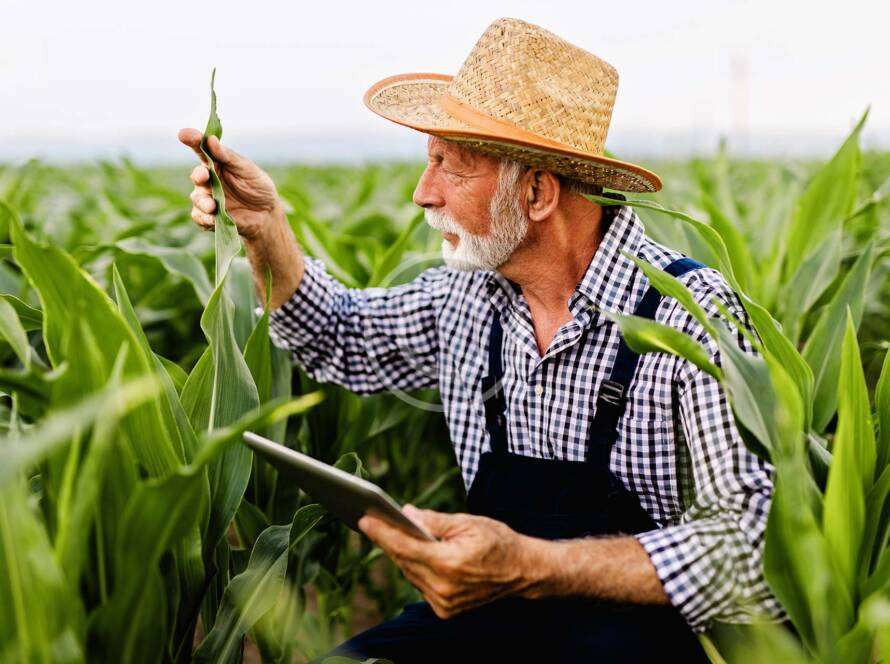Ensuring stable yields with regular crop maintenance involves a combination of proactive management practices, timely interventions, and consistent monitoring. Here are some essential practices to maintain crop health and productivity:
1. Soil Health Management
- Soil Testing: Regularly test soil to monitor nutrient levels, pH, and organic matter content. This helps in making informed decisions about fertilization and amendments.
- Fertilization: Apply fertilizers based on soil test results and crop requirements. Use balanced fertilizers to provide essential nutrients like nitrogen, phosphorus, and potassium.
- Organic Matter: Incorporate organic matter such as compost or manure to improve soil structure, water retention, and nutrient availability.
2. Irrigation Management
- Efficient Irrigation Systems: Use drip or sprinkler irrigation systems to provide consistent moisture levels. These systems minimize water waste and ensure even distribution.
- Irrigation Scheduling: Monitor soil moisture and weather conditions to optimize irrigation schedules. Avoid over- or under-watering, which can stress plants and reduce yields.
3. Pest and Disease Control
- Integrated Pest Management (IPM): Implement IPM strategies, including biological control, crop rotation, and resistant varieties. Use chemical controls as a last resort and apply them judiciously.
- Regular Monitoring: Scout fields regularly for signs of pests and diseases. Early detection allows for timely interventions, reducing damage and preventing spread.
4. Weed Management
- Mulching: Use organic or synthetic mulches to suppress weed growth, conserve moisture, and improve soil health.
- Mechanical Control: Employ mechanical methods such as hoeing, tilling, and mowing to manage weeds. These methods are effective and reduce reliance on herbicides.
- Herbicides: When necessary, use herbicides selectively and follow label instructions to minimize environmental impact and resistance development.
5. Crop Rotation and Diversity
- Rotation Plans: Rotate crops to break pest and disease cycles, improve soil health, and reduce the buildup of pathogens.
- Intercropping: Plant diverse crops together to promote biodiversity, enhance soil fertility, and reduce pest pressures.
6. Pruning and Training
- Pruning: Regularly prune crops to remove dead or diseased parts, improve air circulation, and enhance light penetration. This is particularly important for fruit trees and vines.
- Training Systems: Use training systems like trellising for certain crops (e.g., tomatoes, cucumbers) to support growth, prevent disease, and improve yield quality.
7. Nutrient Management
- Foliar Feeding: Apply foliar sprays to provide essential nutrients directly to the leaves. This can be especially useful for micronutrient deficiencies.
- Cover Crops: Plant cover crops during the off-season to fix nitrogen, prevent erosion, and add organic matter to the soil.
8. Harvest Timing and Techniques
- Optimal Harvest Timing: Harvest crops at the right time to maximize yield and quality. Overripe or underripe produce can reduce marketability and storage life.
- Proper Techniques: Use appropriate harvesting techniques to minimize damage to plants and produce. Gentle handling and correct tools are essential.
9. Technology Integration
- Precision Agriculture: Utilize technologies such as GPS, drones, and remote sensors to monitor crop health, soil conditions, and environmental factors. Precision agriculture helps in making data-driven decisions.
- Automated Systems: Implement automated systems for irrigation, fertigation, and pest control to enhance efficiency and consistency.
10. Record-Keeping and Analysis
- Detailed Records: Maintain records of all crop management activities, including planting dates, inputs used, pest and disease occurrences, and yields.
- Data Analysis: Regularly analyze records to identify trends, evaluate the effectiveness of practices, and make adjustments for continuous improvement.
Conclusion
Regular crop maintenance is key to achieving stable yields and ensuring long-term farm sustainability. By adopting a holistic approach that includes soil health management, efficient irrigation, pest and disease control, and the use of technology, farmers can optimize their practices, reduce risks, and enhance productivity. Consistent monitoring and timely interventions are essential to address issues as they arise and maintain crop health throughout the growing season.


